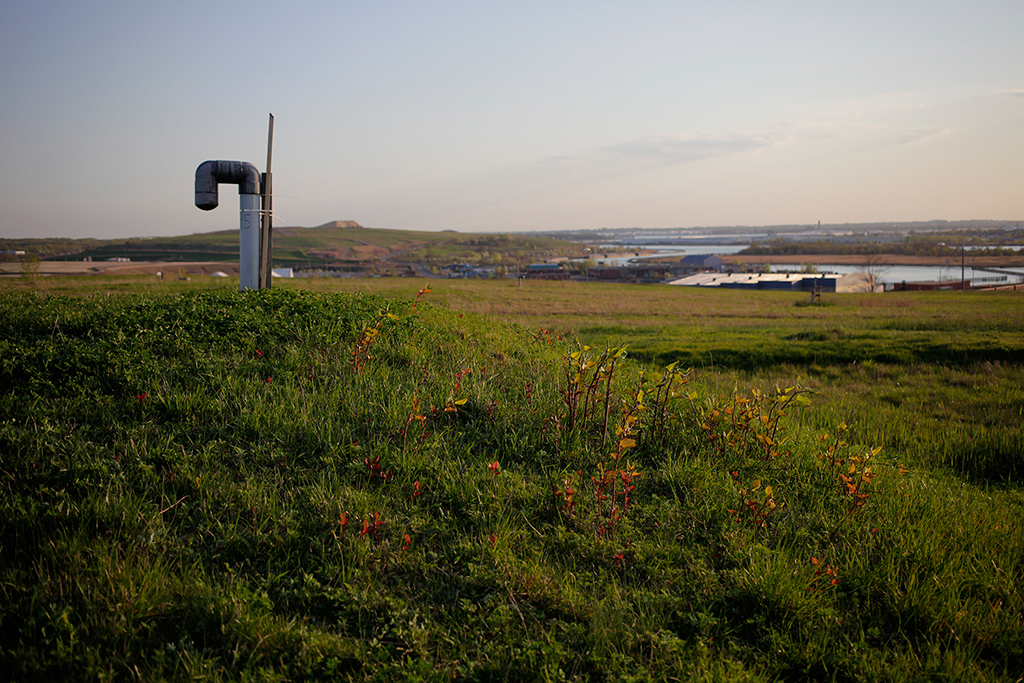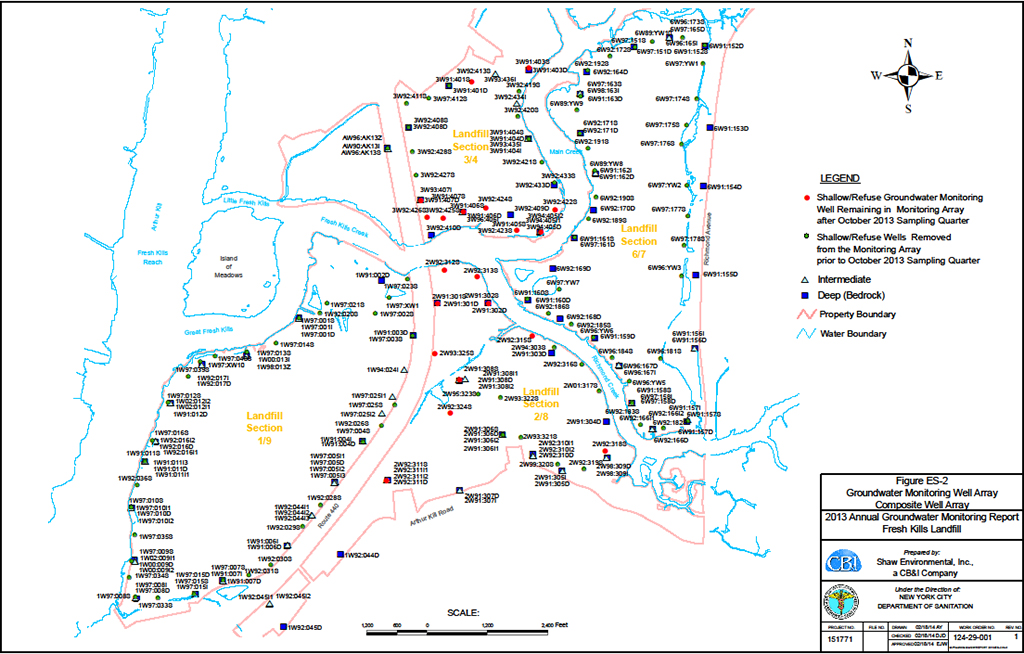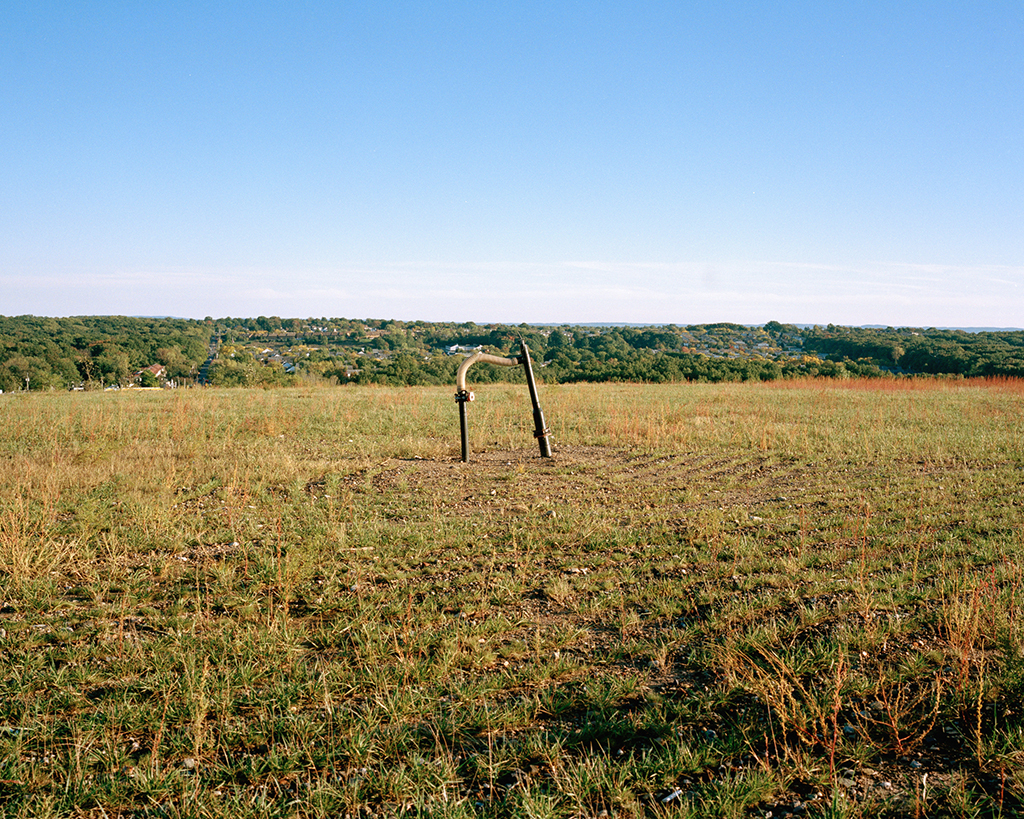Citymakers
New Yorkers working outside the public eye to address the city’s daily needs and craft its future.
We are celebrating 15 years — and counting — of stories that are deeply researched and deeply felt, that build a historical record of what the city has been.
Few New Yorkers might relish a visit to a landfill, but environmental chemist Ted Nabavi spends part of every work day in what was once the world’s largest: Fresh Kills, a 2,200-acre expanse on Staten Island. Until 2001, when the landfill officially closed, it had received every bit of household waste generated in the five boroughs for the previous ten years, and much more trash in its 50-plus years of operation.
Nabavi has experienced first-hand the transition from active dump to rolling, grassy hills. (View this process in our ongoing Capturing Change photo essay.) As the director of waste management engineering in the City’s Department of Sanitation, he makes this transformation viable by ensuring that the liquids and gases produced by the slowly decomposing waste are treated before being discharged into the surrounding environment — or, in the case of gas, routed to Staten Island homes as fuel.
In this installment of Citymakers — our series introducing you to New Yorkers working outside the public eye to address the city’s daily needs and craft its future — Nabavi clues us into the high-tech monitoring system that gives him eyes across those thousands of acres and makes the case for why a once notorious landfill may now join the ranks of New York greats. –J.T.
What do you do?
I’m the Director of Waste Management Engineering for the Bureau of Solid Waste Management in the New York City Department of Sanitation (DSNY). I’m responsible for environmental monitoring programs on groundwater, surface water, sediments, and leachate at Fresh Kills landfill in Staten Island.
Leachate is the product of rainwater coming in contact with solid waste. Ours is pretty innocuous because Fresh Kills holds mostly municipal and household solid waste. We collect and treat approximately two to six hundred gallons every day of the year through a bacterial process developed in conjunction with City College.
The landfill also generates approximately five million cubic feet of gas per year which, if not collected, would enter the atmosphere. We capture and convert it into high-BTU natural gas that’s sold to utility provider National Grid. If you go to Fresh Kills, you’ll see some of our gas valves above ground; others sit below grade. The systems are basically the same, just different aesthetically.
We are unique in the country in our ability to give the gas to the utilities for direct routing to Staten Island consumers because our system is so safe. And we receive between three to four million dollars in annual revenue from these sales.
How did you start in environmental management?
I always wanted to get into environmental science to clean up hazardous waste. In fact, I remember my father asking me, “What are you going to do?” I said, “I don’t know, clean up chemicals.” Thirty years ago people didn’t want to do that. Today everything is about exposures, health, and safety, which are all environmental issues with different types of sciences: everything from environmental toxicology to industrial hygiene. So that’s my expertise.
I’m an environmental chemist. I started with the City’s Department of Environmental Protection in the early ‘80s. As time progressed, I gained expertise in hazardous materials and hazardous response management. I’ve now been with the DSNY for over 25 years.
What’s your day-to-day like?
The work that we do is not very physical; it’s more scientific. And the physical work we do is not labor intensive; it’s more technical.
I make sure that our workers are operating in compliance with the relevant regulations and doing so safely. At our treatment plant, for example, I make sure all the leachate is being processed through our SCADA (Supervisory Control and Data Acquisition), which came out of the aviation industry. Fresh Kills is quite big. If you came to the landfill, I would take you to an office and sit you in front of a screen. If a pump fell or broke four miles away, an alarm would notify us. You wouldn’t even have to leave the room; you would just push a button to disengage that alarm. I then tell a technician to cut the well here, put in a replacement, and cap it. I’ll have that same technician take a reading for gas pressures, and based on the data, I can make my own tuning and tell them if we need to shut off the valve. Ninety percent of the time, I know what happened: the flex hose in the valve was probably brittle and got damaged, or it disconnected. You have oxygen intrusion; the alarms in the SCADA system ring.
When visitors see that, they’re like, “Wow.” The system is very expensive and complicated, because it’s all based on fiber optic lines that run for miles. But the reason we spend so much on it is because of safety. This technological advantage is a tremendous help in getting the information to emergency responders or technical people as quickly as possible.
Unfortunately, a lot of the environmental laws on landfills came in after Fresh Kills opened in 1948. You now have to put all your environmental monitoring systems before you can accept waste. So we’ve had to get in compliance after the fact.
Are other landfills around the country running similar gas harvest operations or is Freshkills a unique case?
We are known pretty much all over for the technology. People from as far away as Europe visit us to inspect our gas and leachate collection systems because of their magnitude. So what we do on Staten Island is not done anywhere else on this scale. We use top-of-the-line equipment, and between outlets in the Parks Department, the Department of Sanitation, and the Mayor’s Office, we are able to share our technology and what we do from an operational point of view.
What about your work do you think is lost on most people?
Well, the Department of Sanitation is primarily known for trash pick-up and snow removal. When waste is collected from the average person’s house, most people don’t know what happens to it. Even though our local landfills have closed, we also continue to maintain them in compliance with environmental laws that require they be monitored for 30 years. So I guess I would like the average person to know that the department has technical individuals like myself with special expertise in engineering and chemistry necessary to do that monitoring.
One of the interesting aspects of my job is sharing what we’re doing with DSNY employees and the public. When we do maintenance at our facility, we collect the landfill gas and burn it or, in our terms, flare it. The average person sees smoke and thinks there’s a fire, so I have to be able to explain to them that it’s not a fire and what the process is behind it.
Will you be around in 2031 when regulations say you’ll no longer have to monitor certain sections of Fresh Kills?
I’m 57 years old. I love my job. We’re now capping the last sections of the landfill, and I’m going to be here as long as I’m healthy and productive in my work. If I’m around, I’m around. But our environmental programs are not based on individuals; others in the office will always be able to carry the work on.
The views expressed here are those of the authors only and do not reflect the position of The Architectural League of New York.
New Yorkers working outside the public eye to address the city’s daily needs and craft its future.




Comments